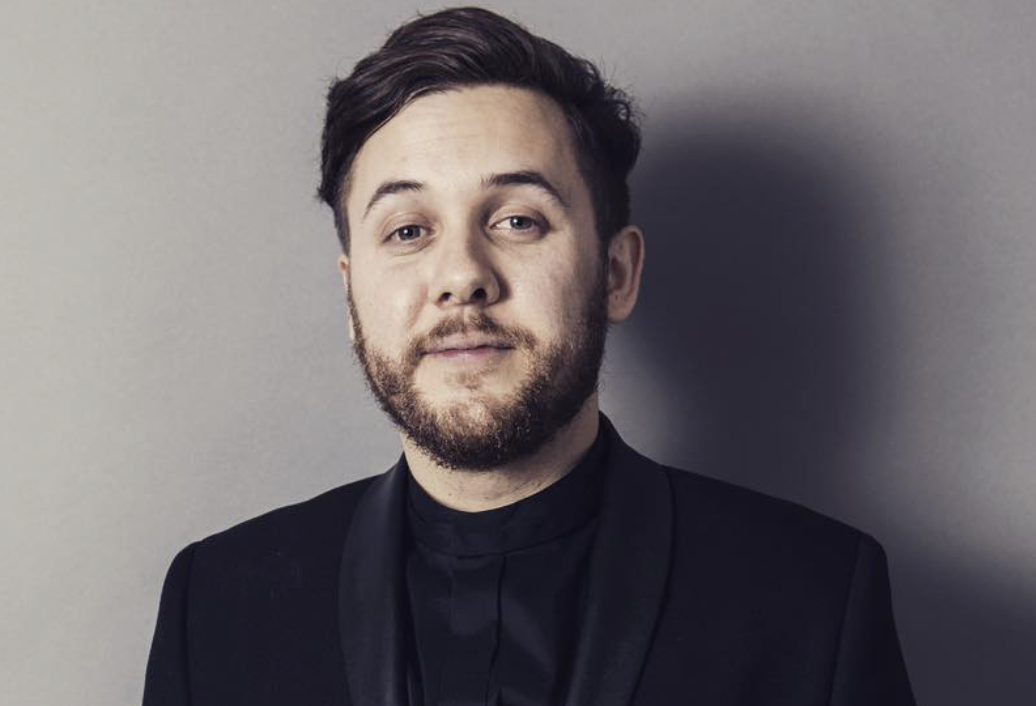
Numbers Don't Lie

The English word used to describe a smell that is similar to that of a goat is “______.”

Ready to reveal?
Confirm your email to play the next question?

The English word used to describe a smell that is similar to that of a goat is “hircine.”

The human nose can detect 1 trillion different odors.
The human nose is a remarkable evolutionary creation. While not as sensitive as a dog’s or as flexible as an elephant’s, its 400 receptors can sniff out the chemical properties of a particular smell and help create neural responses linked with a memory or emotion. But for years, science has underestimated just how good the human nose really is. Since 1927, the common belief was that humans could smell around 10,000 distinct smells, a pitiful number compared to our other senses (human eyes can see around a million colors). However, new research in 2014 discovered that the sniffing ability of the human nose far surpassed that number. The study in question started by showing that humans have a hard time distinguishing between two scents whose chemical mixtures overlap by more than 50%. By extrapolating how many mixtures reside below that 50% ceiling, scientists were able to determine the lower limit of humanity’s sense of smell, which comes out to around 1 trillion odors. In other words, certainly nothing to sniff at.


























